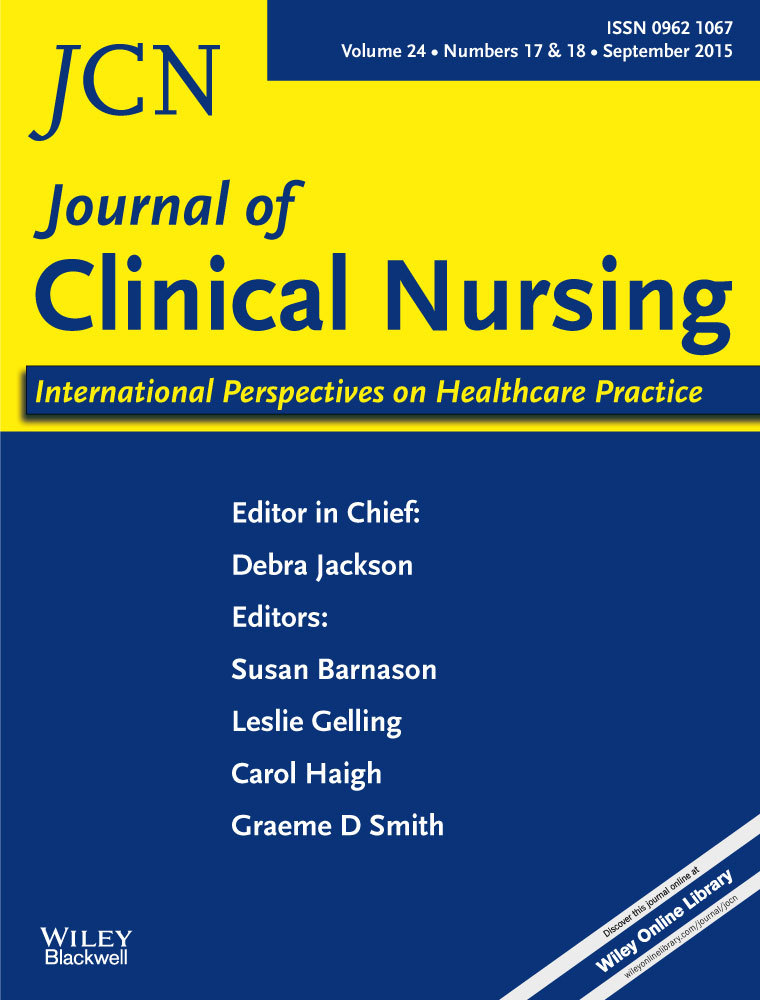Catalysts of worker-to-worker violence and incivility in hospitals
Abstract
Aims and objectives
To identify common catalysts of worker-to-worker violence and incivility in hospital settings.
Background
Worker-to-worker violence and incivility are prevalent forms of mistreatment in healthcare workplaces. These are forms of counterproductive work behaviour that can lead to negative outcomes for employees, patients and the organisation overall. Identifying the factors that lead to co-worker mistreatment is a critical first step in the development of interventions targeting these behaviours.
Design
Retrospective descriptive study.
Methods
Qualitative content analysis was conducted on the total sample (n = 141) of employee incident reports of worker-to-worker violence and incivility that were documented in 2011 at a large American hospital system.
Results
More than 50% of the incidents involved nurses, and the majority of incidents did not involve physical violence. Two primary themes emerged from the analysis: Work Behaviour and Work Organisation. Incidents in the Work Behaviour category were often sparked by unprofessional behaviour, disagreement over responsibilities for work tasks or methods of patient care, and dissatisfaction with a co-worker's performance. Incidents in the Work Organisation category involved conflicts or aggression arising from failure to following protocol, patient assignments, limited resources and high workload.
Conclusion
Incidents of worker-to-worker violence and incivility stemmed from dissatisfaction with employee behaviour or from organisational practices or work constraints. These incident descriptions reflect worker dissatisfaction and frustration, resulting from poor communication and collaboration between employees, all of which threaten work productivity.
Relevance to clinical practice
Violence and incivility between hospital employees can contribute to turnover of top performers, hinder effective teamwork and jeopardise the quality of patient care. Identification of common catalysts for worker-to-worker violence and incivility informs the development of mistreatment prevention programmes that can be used to educate hospital staff.




